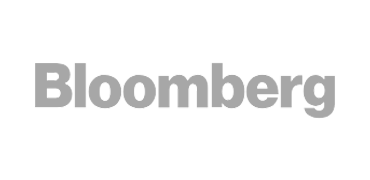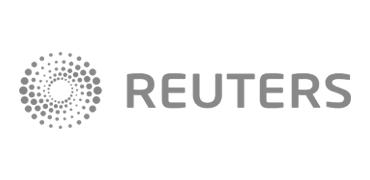The pandemic that began in 2020 quickly exerted a profound negative effect on our economy. Today, a year later, it continues to do so.
As the year wore on and we tried to predict how it would turn out, there were many comparisons between 2020 and what happened during the Great Recession of 2008-2009. As it turns out, there are similarities between the two, as well as some significant differences.
What’s the difference between what happened to the global economy in 2008, and what’s happening now as a result of the pandemic?
The Beginning of Each Recession
One of the most obvious differences between these two recessions is the events that triggered each one.
The 2008 recession had roots in the financial markets. It was triggered by the collapse of the housing bubble, defaults on sub-prime mortgages, and the banking crisis that followed after mortgage-backed securities lost their value. These events led to wide-spread home foreclosures and unemployment.
As we study the results of the financial collapse in hindsight, we can see the clues and economic cues that led up to the event, and understand the betting and gambling that led to the recession.
In contrast, the 2020 recession was caused by a global pandemic, a “black swan” event that had no warning. The 2020 pandemic resulted in widespread unemployment, and most of those still employed stayed home to work remotely, which suppressed economic activity. The recession was made worse by the collapse of oil prices and resulting instability in global currencies.
The Effect on GDP and Unemployment on Each Recession
The GDP in 2008 contracted sharply in the second half of the year. The final estimate for Q4 was -6.3%. It remained negative in Q1 and Q2 of 2009. Recovery began in June 2009 when the economy began to grow and the GDP turned positive, coming in at 1.5% for Q3 and 4.5% for Q4.
Before the COVID recession, 2020 economic forecasts were positive. As recently as March 2020, the Atlanta Fed issued a forecast for the GDP to grow at 2.7%. What actually happened was the 2020 GDP declined, -5.0% in Q1 and -31.4% in Q2. The GDP rebounded a record 33.4% in Q3, largely because of more than $3 trillion in pandemic relief. As of this writing, the Q4 estimate is 3%, a result of the delays in passing more stimulus relief. At this point it’s uncertain what the GDP will do in 2021. Preliminary estimates are for growth, though we’re waiting to see the results of the latest stimulus package, any future stimulus packages, and the results of vaccination programs.
The peak of unemployment filings during the financial crisis of 2008 topped out at 665,000 claims in March 2009, not quite reaching the previous all-time high of 695,000 claims in October 1982.
Just prior to the pandemic, there were 212,000 seasonally adjusted initial claims in the week of January 2, 2020. The high for 2020 reached 6.86 million claims during the week of March 26, 2020. Unemployment remains high, with 787,000 claims in the first week of January 2021, and the job market continues to be volatile.
How Will This Recession End?
The U.S. began its recovery in 2009 after bailing out banks (TARP) and passing an economic stimulus bill (ARRA). The 2020 COVID-19 recession has triggered greater volatility in the GDP and more widespread unemployment, and it’s harder to predict the outcome.
In 2020, following two stimulus packages, we’re seeing positive economic signs. But COVID is a physical threat that is still actively spreading. Until it’s under control, it will continue to affect how we work and live. Medical advances, vaccines, and additional economic stimulus packages all could have a significant effect on the economy.
With the current volatility, we can’t predict how the economy will react. However, we will continue to monitor the situation closely. Please be assured that we’ll keep you apprised of developments as they happen.






